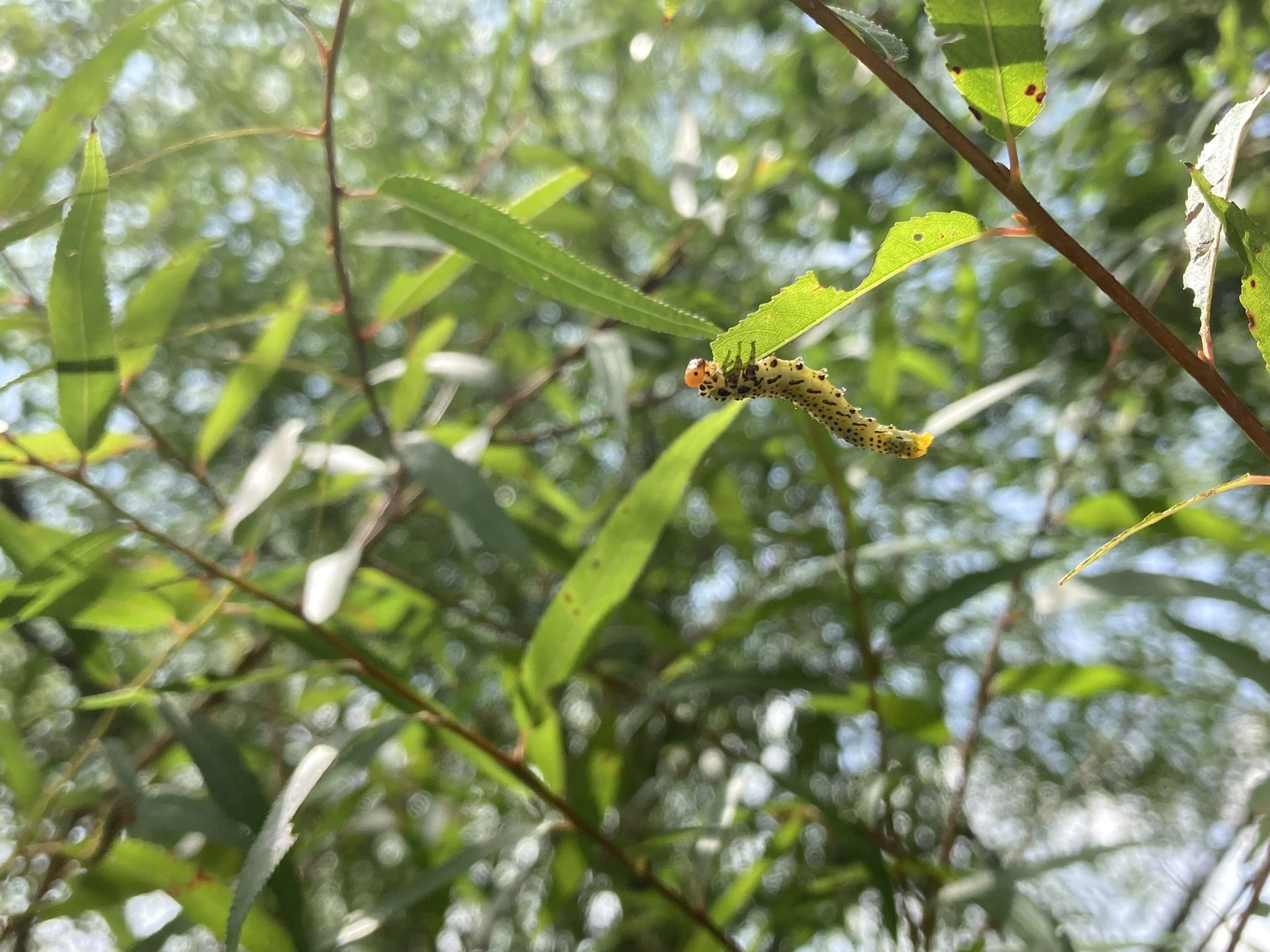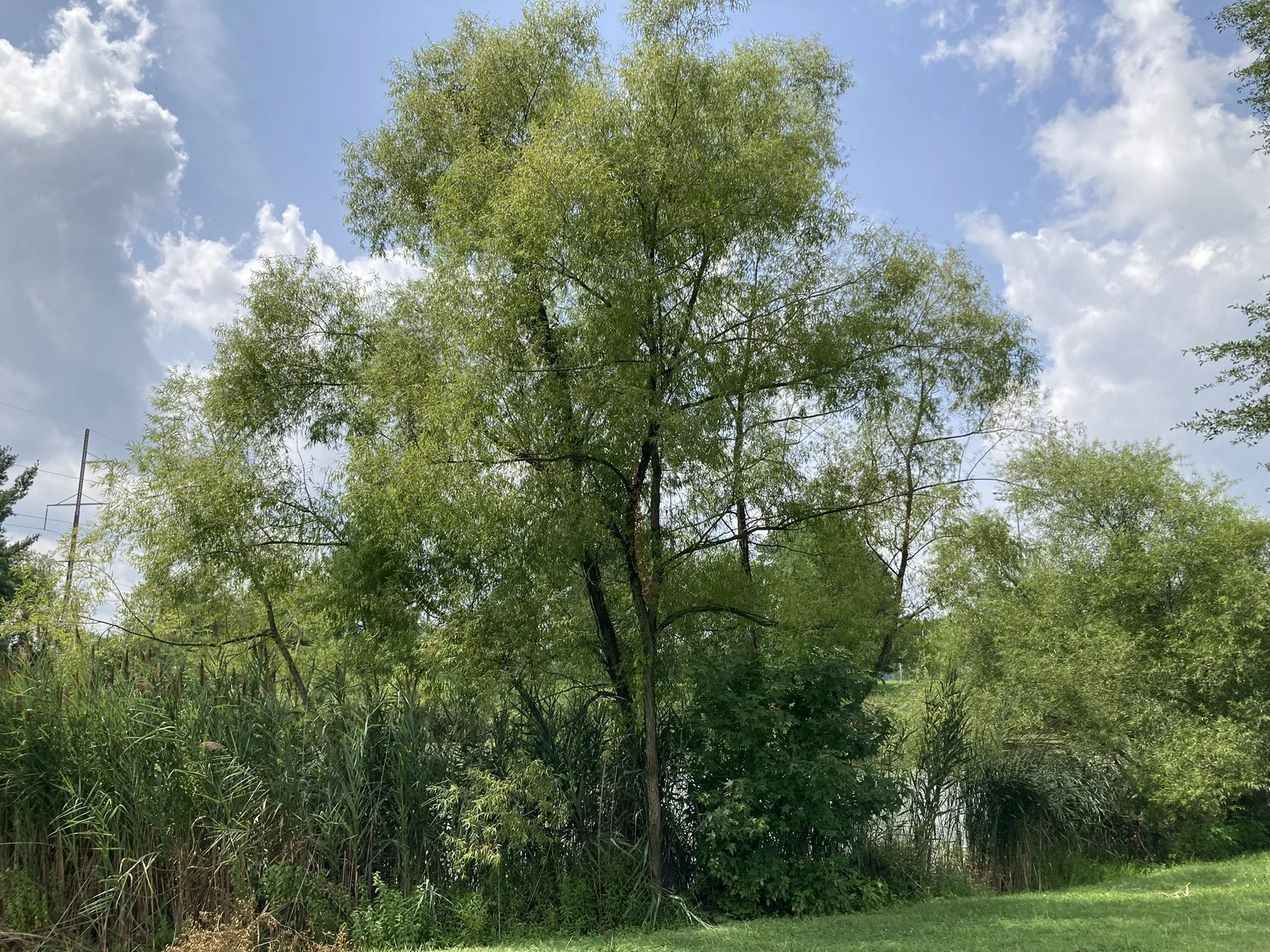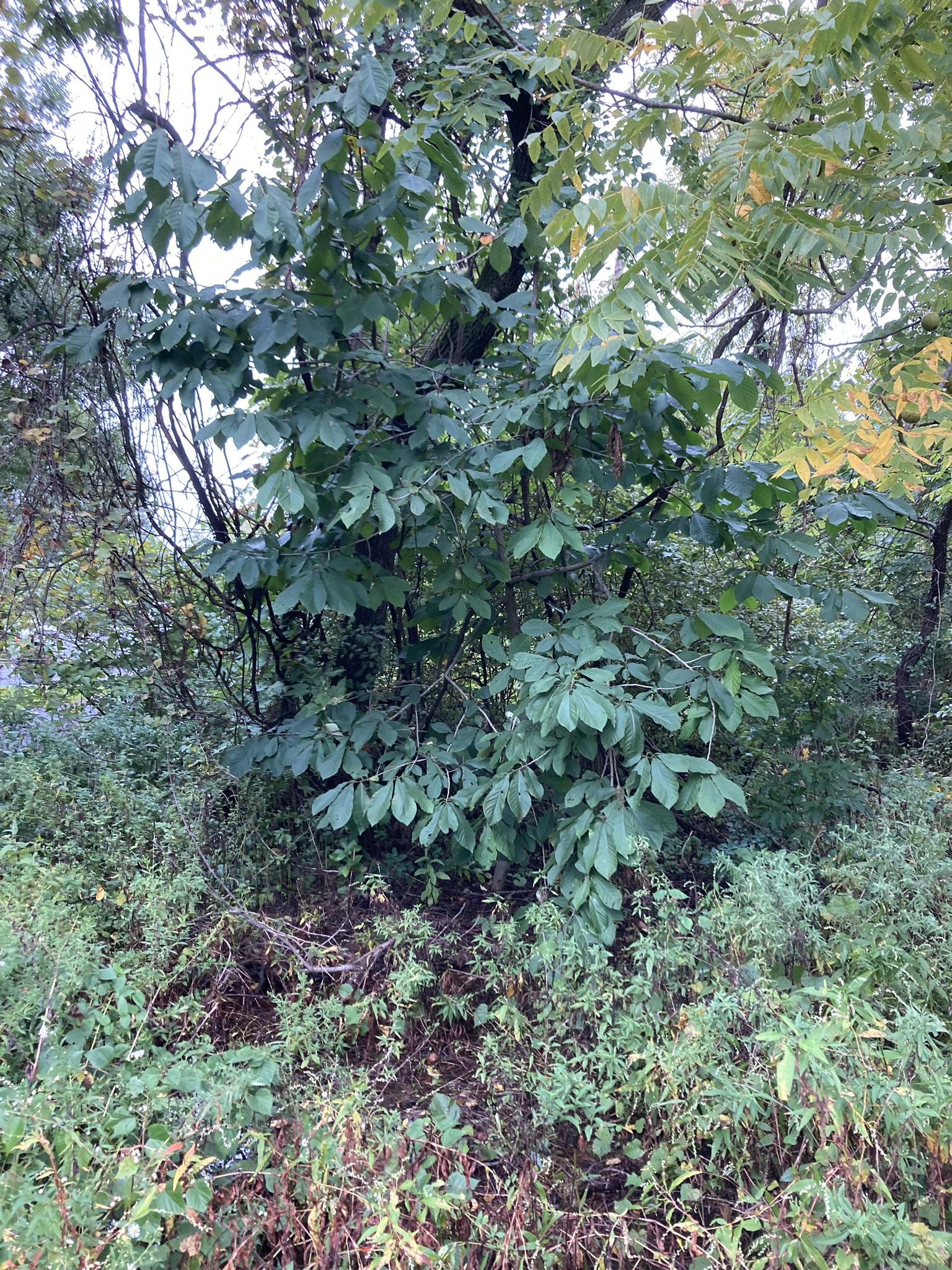 Image 1 of 6
Image 1 of 6

 Image 2 of 6
Image 2 of 6

 Image 3 of 6
Image 3 of 6

 Image 4 of 6
Image 4 of 6

 Image 5 of 6
Image 5 of 6

 Image 6 of 6
Image 6 of 6







Black Willow
🌿 Salix nigra (Black Willow)
Fast-Growing Deciduous Tree | Eastern North American Native | Riparian Specialist | Pollinator Powerhouse
Highlights for Native Plant Enthusiasts:
🐝 One of the earliest-blooming native trees—a vital pollen and nectar source for native bees, flies, and wasps
🐛 Host plant for 400+ native Lepidoptera species, including viceroy, mourning cloak, and cecropia moths
🐦 Supports birds with insect-rich foliage and dense cover in riparian and wetland areas
💧 Excellent for streambank stabilization, erosion control, and wetland restoration
🌿 Fast-growing with deep roots that hold soil—ideal for flood-prone or degraded areas
🌱 Supports early successional habitats, especially valuable in naturalized buffer zones and rewilding projects
Growing Information:
Height: 30–60 ft | Spread: 20–40 ft
Soil: Moist to wet soils; tolerates clay, silt, and occasional flooding
Light: Full sun to part shade
Zones: 4–9
Type: Fast-growing deciduous tree
Lifespan: Short to medium, often replaced naturally in succession
Why Native Growers Love It:
Salix nigra is one of the most ecologically productive native trees east of the Rockies. Its catkins bloom just as overwintering pollinators emerge, and its leaves feed hundreds of native caterpillar species—providing critical early-season energy for birds raising young.
Though short-lived, Black Willow is a key pioneer species that prepares the way for other native forest species, enriches soils, and protects waterways. It’s indispensable for restoration ecologists, wetland stewards, and conservation gardeners who want to jumpstart biodiversity and hold the land together.
Seed-grown from regional populations. No systemic pesticides. No cultivars—just straight species ready to restore rivers, creeks, and wetlands the native way.
🛒 Plant Salix nigra—feed pollinators, shelter wildlife, and protect the waters that sustain us all.
🌿 Salix nigra (Black Willow)
Fast-Growing Deciduous Tree | Eastern North American Native | Riparian Specialist | Pollinator Powerhouse
Highlights for Native Plant Enthusiasts:
🐝 One of the earliest-blooming native trees—a vital pollen and nectar source for native bees, flies, and wasps
🐛 Host plant for 400+ native Lepidoptera species, including viceroy, mourning cloak, and cecropia moths
🐦 Supports birds with insect-rich foliage and dense cover in riparian and wetland areas
💧 Excellent for streambank stabilization, erosion control, and wetland restoration
🌿 Fast-growing with deep roots that hold soil—ideal for flood-prone or degraded areas
🌱 Supports early successional habitats, especially valuable in naturalized buffer zones and rewilding projects
Growing Information:
Height: 30–60 ft | Spread: 20–40 ft
Soil: Moist to wet soils; tolerates clay, silt, and occasional flooding
Light: Full sun to part shade
Zones: 4–9
Type: Fast-growing deciduous tree
Lifespan: Short to medium, often replaced naturally in succession
Why Native Growers Love It:
Salix nigra is one of the most ecologically productive native trees east of the Rockies. Its catkins bloom just as overwintering pollinators emerge, and its leaves feed hundreds of native caterpillar species—providing critical early-season energy for birds raising young.
Though short-lived, Black Willow is a key pioneer species that prepares the way for other native forest species, enriches soils, and protects waterways. It’s indispensable for restoration ecologists, wetland stewards, and conservation gardeners who want to jumpstart biodiversity and hold the land together.
Seed-grown from regional populations. No systemic pesticides. No cultivars—just straight species ready to restore rivers, creeks, and wetlands the native way.
🛒 Plant Salix nigra—feed pollinators, shelter wildlife, and protect the waters that sustain us all.































